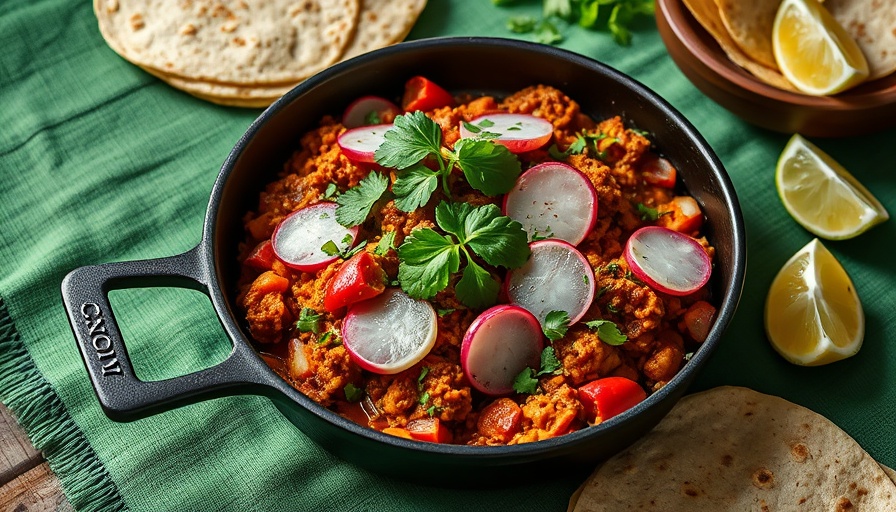
Understanding Vanilla: A Unique Journey
Vanilla is often thought of as simply an ingredient in our favorite cookies and desserts, but its origins tell a story that's rich in history and culture. This intriguing spice originates from the orchids of the genus Vanilla, and surprisingly, the bean we use is actually the fruit of these plants. The most renowned variety, Vanilla planifolia, thrives primarily in Madagascar, which produces about half of the world’s vanilla supply.
The Historical Roots of Vanilla
The use of vanilla dates back to Mesoamerica, where ancient cultures like the Maya and Aztecs enjoyed it in a beverage called chocolatl—a drink made with cacao and various spices. It wasn't until the Spanish conquest that vanilla crossed the ocean to Europe, where its popularity grew exponentially. However, it was a 12-year-old boy, Edmond Albius, who revolutionized vanilla cultivation in 1841. On the island of Réunion, he devised a hand-pollination technique that remains essential to vanilla farming today. This method is labor-intensive and requires skilled hands for every step, from pollinating to curing, which adds to the spice’s high market value.
Why Authentic Vanilla Reigns Supreme
Vanilla is not just another flavor; it’s a complex blend of toasty, floral, and sometimes smoky notes that enhance a multitude of dishes. Its rich taste elevates warm flavors like chocolate, coffee, and hazelnut, making desserts irresistibly comforting. While artificial vanilla flavoring can be cheaper and is often used in various products, it fails to capture the true depth and richness of natural vanilla. This is why understanding the differences can heighten your culinary experience.
Imitation vs. Pure Vanilla: What You Need to Know
If you've ever stood in the baking aisle questioning which vanilla product to choose, you're not alone. Pure vanilla extract, made from real vanilla beans, provides the authentic taste that many bakers centralize in their recipes. Imitation vanilla flavor, often derived from lab-made compounds, lacks the nuanced flavor profile of natural vanilla and can disappoint seasoned bakers. Choosing the right type of vanilla can dramatically affect your baked goods. When you're whisking up a batch of cookies or a rich custard, opting for pure vanilla can make all the difference.
Future Trends: Sustainability in Vanilla Production
With increasing awareness of sustainability and fair trade, consumers are becoming more conscious of where their food components are sourced. The challenges surrounding vanilla farming—including over-reliance on labor and climatic factors—highlight the need for sustainable practices within the industry. As demand continues to exceed supply, it's crucial for buyers to consider ethically sourced vanilla, preserving not only the quality of their food but also the livelihoods of farmers.
Empowering Choices: Cooking with Vanilla
Ultimately, understanding where vanilla comes from and its significance can empower food lovers in their culinary practices. Whether you’re a passionate home baker or someone who simply enjoys well-flavored foods, recognizing the value of authentic ingredients can transform your cooking. By investing a bit more in high-quality vanilla, you're not just enhancing your dishes; you’re supporting sustainable farming practices and local economies.
So, next time you reach for that vanilla extract, remember the journey it has taken to grace your kitchen. You'll create dishes that not only taste better but carry with them a story of culture, craftsmanship, and care.
 Add Row
Add Row  Add
Add 




Write A Comment